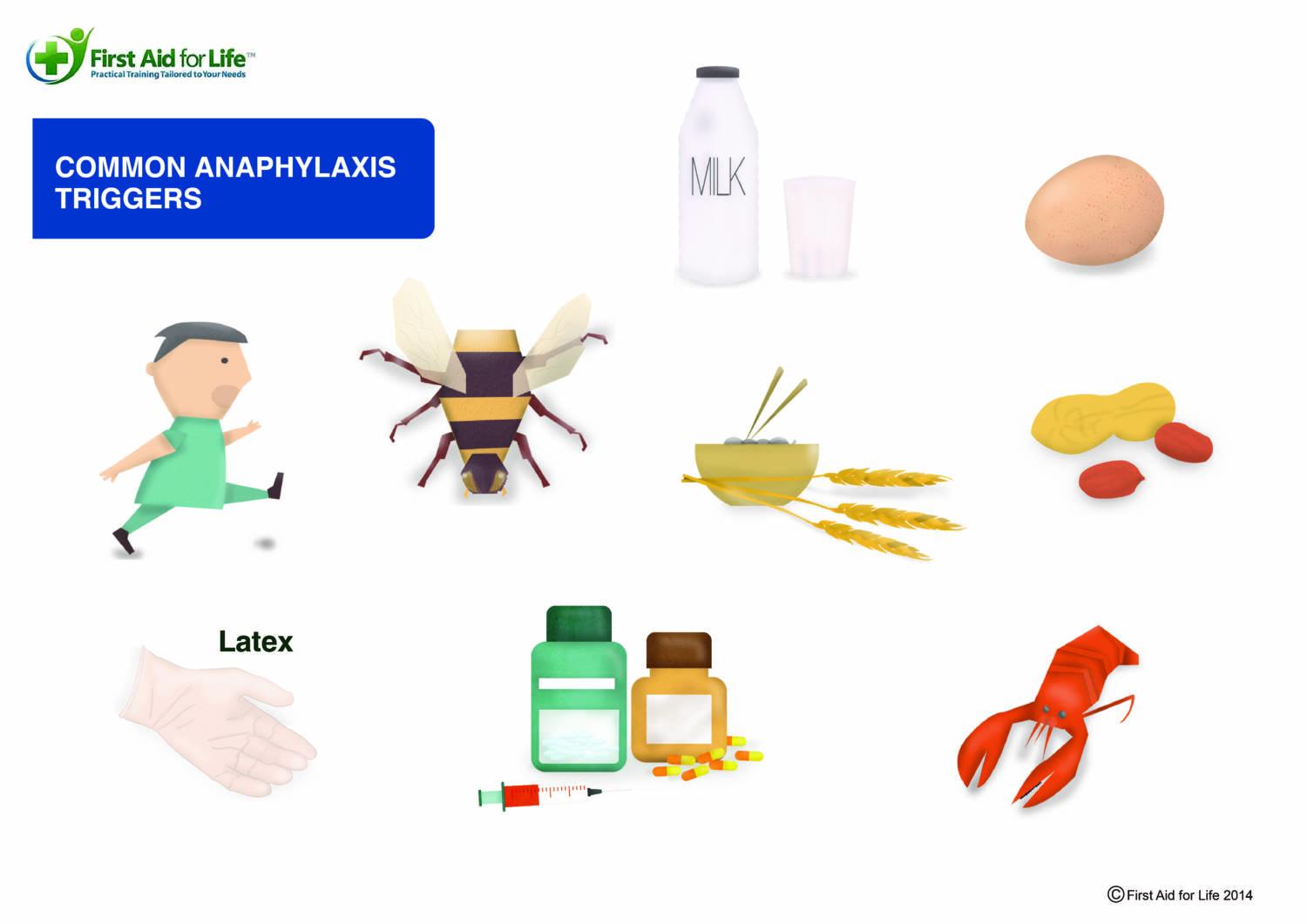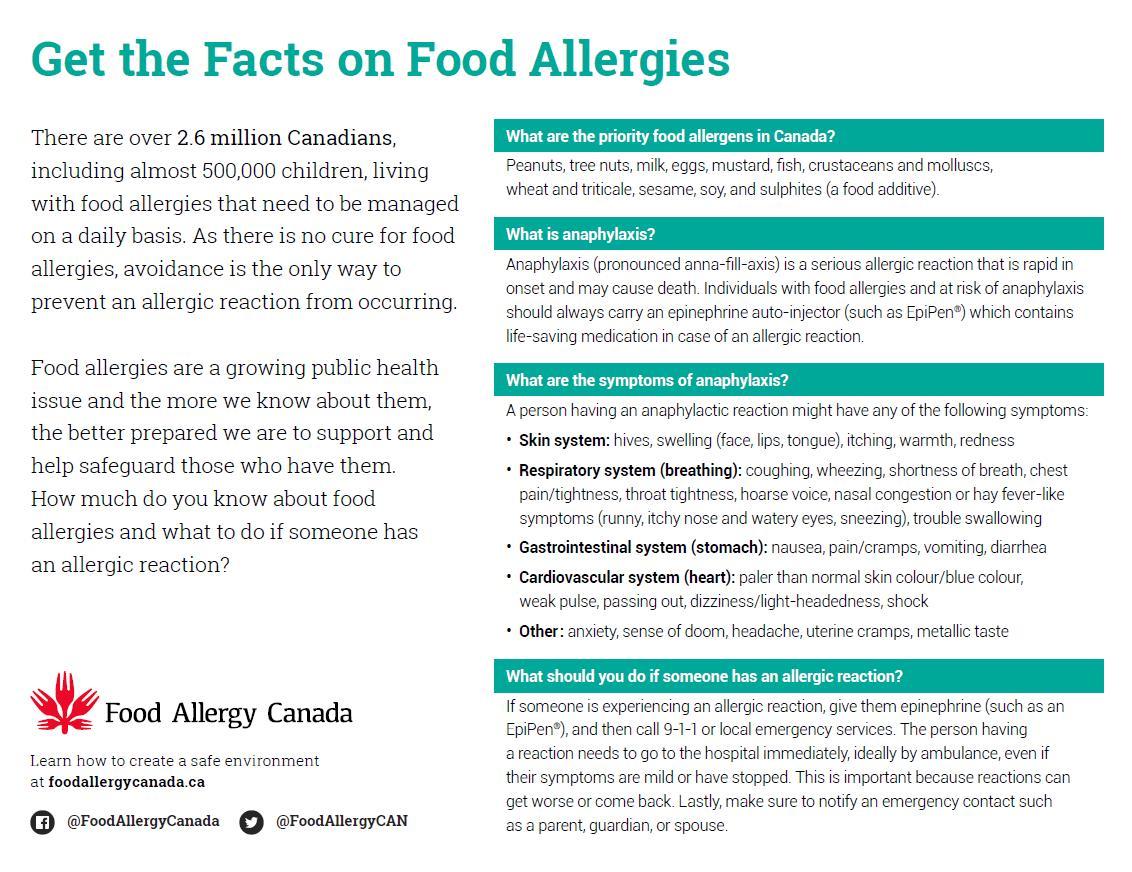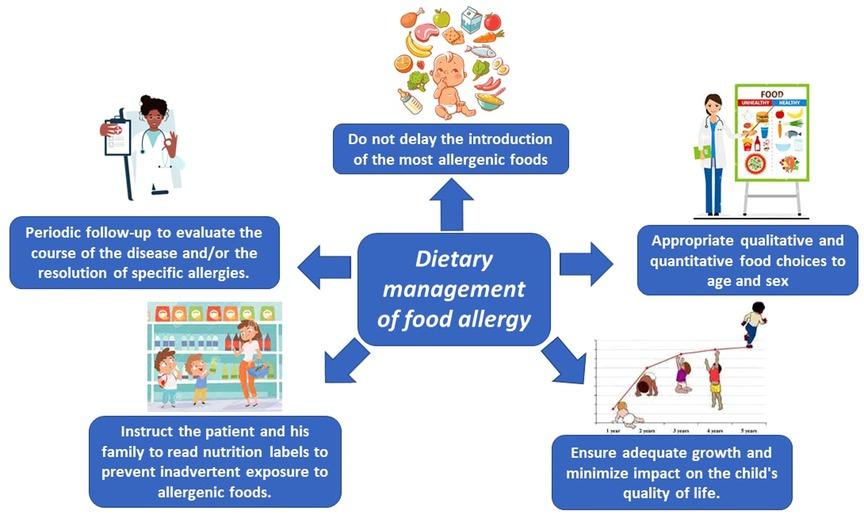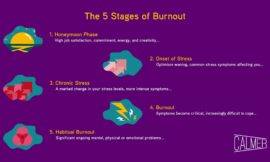In a world where flavors dance on our tongues and meals often bring people together, food allergies and intolerances can cast a shadow over the simple joy of eating.Navigating a diet with these sensitivities requires more than just caution—it calls for awareness, readiness, and a touch of creativity. Whether you’re managing your own dietary needs or supporting a loved one, understanding how to identify triggers, read labels with a keen eye, and make safe, satisfying food choices can transform mealtime from a source of anxiety to one of confidence and comfort. This article will guide you through practical strategies and thoughtful approaches to help you manage food allergies and intolerances with clarity and care.
Understanding the Differences Between Food Allergies and Intolerances
Distinguishing between a food allergy and intolerance can considerably impact your approach to dietary management and overall well-being. A food allergy involves an immune system response,where the body perceives a specific protein as harmful,triggering reactions that can range from mild hives to life-threatening anaphylaxis. Conversely, food intolerance primarily affects the digestive system, resulting from difficulty digesting certain compounds like lactose or gluten. Unlike allergies, intolerances rarely cause immediate or severe immune responses, but they can lead to discomfort such as bloating, cramps, or headaches.
It’s valuable to recognize key characteristics that set these conditions apart:
- Allergy: Immune-mediated, possibly life-threatening
- Intolerance: Digestive system-related, generally less severe
- Onset: Rapid for allergies, delayed for intolerances
- Common triggers: Nuts, shellfish, eggs (allergy); dairy, gluten, caffeine (intolerance)
| Aspect | food Allergy | Food Intolerance |
|---|---|---|
| Mechanism | Immune system reaction | Digestive system difficulty |
| Onset | minutes to 2 hours | Within hours to days |
| Symptoms | Hives, swelling, anaphylaxis | Gas, bloating, diarrhea |
| Severity | Potentially life-threatening | Generally uncomfortable |
For deeper insights and official guidance, explore resources like the Food Allergy Research & Education (FARE) and the National Institute of Diabetes and Digestive and Kidney Diseases (NIDDK). Understanding these distinctions empowers informed decisions, ensuring safety and comfort in your food choices.

Identifying Common Triggers and Recognizing Symptoms Early
Understanding what sets off allergic reactions or intolerance symptoms is crucial for effective management. Common triggers often vary widely, ranging from well-known offenders like peanuts, shellfish, and dairy, to less obvious culprits such as food additives or cross-contamination in shared kitchens. Keeping a detailed food diary can be invaluable. By tracking meals alongside any physical responses, individuals can start to notice patterns that indicate which ingredients or food types provoke adverse reactions.
early recognition of symptoms allows for prompt intervention, reducing severity and complications. Symptoms of food allergies can manifest quickly, including:
- Hives or skin rash
- Swelling of lips, face, or throat
- Difficulty breathing or wheezing
- Gastrointestinal discomfort like vomiting or diarrhea
- Sudden drops in blood pressure or dizziness
In contrast, food intolerances may present with subtler signs such as bloating, headaches, or fatigue that develop gradually over hours. For more thorough lists and detailed descriptions, refer to resources like the Food Allergy Research & education (FARE) website.Early identification and differentiation between allergies and intolerances empower better dietary choices and safer living.

Practical Strategies for Safe Meal Planning and Dining Out
When it comes to meal planning and dining out with food allergies or intolerances,proactive dialog and thorough research are your greatest allies. before preparing a meal, spend some time reviewing ingredient labels and exploring safe substitutes that maintain nutritional balance without triggering reactions. Consider incorporating a variety of naturally allergy-pleasant staples like quinoa, sweet potatoes, and leafy greens, which can add both flavor and safety to your plates. When dining out, always call ahead to restaurants or check their allergen menus online. Asking detailed questions about food preparation and cross-contact prevention helps ensure peace of mind and a safer experience.
Consider using this swift reference table for safe dining etiquette and preparation tips:
| Situation | Action | tip |
|---|---|---|
| meal Planning | Check all ingredient labels carefully | Use apps like FoodAllergy.org for guidance |
| Restaurant Visit | Notify staff about your allergies when ordering | Ask for separate preparation areas to avoid cross-contact |
| Social Gatherings | Bring your own safe dish | Inform hosts ahead of time to ensure accommodation |
- Always carry emergency medication such as an epinephrine auto-injector if prescribed, to be prepared for accidental exposures.
- Utilize mobile apps and databases from CDC Food allergies for up-to-date allergen information and safety guidelines.

Building a Supportive Environment at Home and in Social Settings
Creating a nurturing and understanding atmosphere within your home is crucial when managing food allergies and intolerances. Encourage open conversations about dietary restrictions, and involve all family members in meal planning and preparation. This not only fosters a sense of teamwork but also helps prevent accidental exposure to allergens. Establish clear kitchen zones for allergen-free foods, and use color-coded storage containers or labels to minimize cross-contamination risks. Small gestures like these can make a meaningful difference in ensuring everyone’s safety and comfort.
Outside the home, advocating for yourself or your family member’s needs in social settings requires confidence and clear communication. When attending gatherings or eating out, it’s helpful to inform hosts or restaurant staff about the allergies ahead of time and ask detailed questions about ingredients. equip yourself with allergen cards from reputable sources like Food Allergy Research & Education (FARE) to discreetly communicate your needs. Here are some practical tips to consider:
- Bring safe snacks or meals to social events to avoid risky food options.
- Educate friends and colleagues about the seriousness of food allergies for added support.
- Have an emergency action plan and medications nearby at all times.
Final Thoughts
navigating the world of food allergies and intolerances can feel like decoding a complex puzzle, but with mindfulness and the right tools, it becomes a manageable part of everyday life. By understanding your body’s signals, planning meals thoughtfully, and communicating clearly with those around you, you transform limitations into opportunities for creativity and care. Remember, managing these challenges is not just about avoidance—it’s about embracing a lifestyle that prioritizes your well-being while still savoring the joy of food. With awareness and preparation, every bite can be a step toward health, confidence, and peace of mind.





